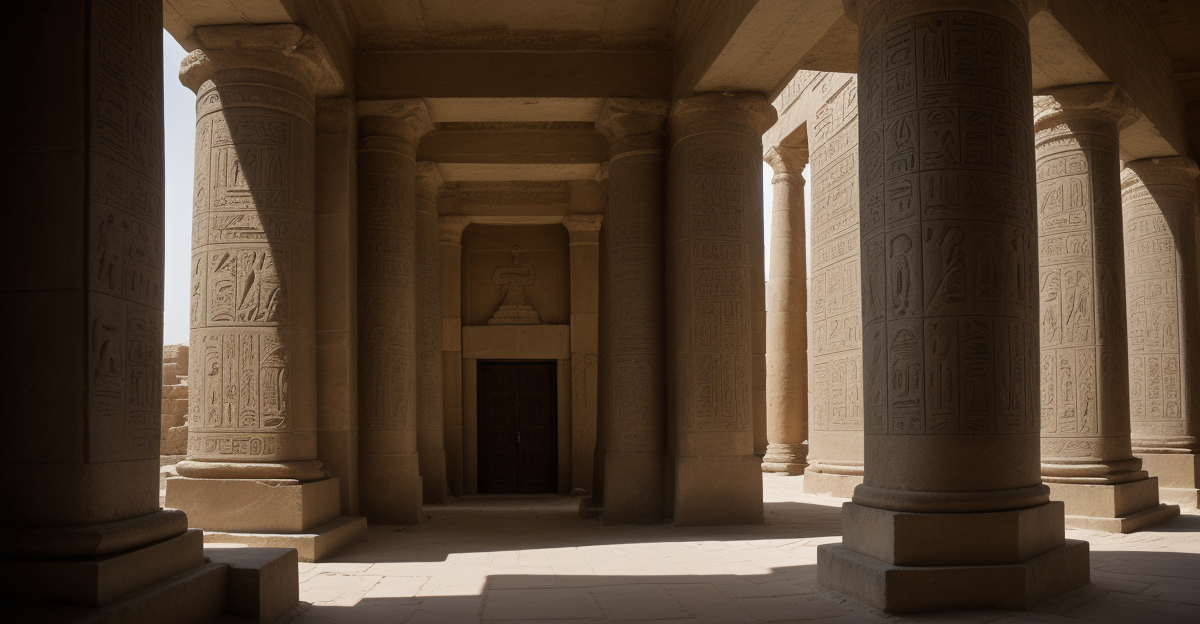
Explore the economic strategies of ancient female rulers like Hatshepsut, Wu Zetian, and Isabella I.
Alright, history buffs and financial worriers, gather ’round! I’ve got a theory that just might save us from impending economic doom. Forget the crypto gurus and Wall Street sharks – we’re diving headfirst into the strategies of ancient female rulers. Yes, you heard right. These women weren’t just wearing pretty dresses; they were economic masterminds whose wisdom has been tragically ignored. Think about it: we’re constantly bombarded with news of market crashes, inflation, and unsustainable debt. Maybe, just maybe, the key to navigating this mess lies in the forgotten policies of queens and empresses who ruled empires where their decisions had *real* consequences. Let’s meet some of these financial titans, shall we? **Hatshepsut: Infrastructure Queen and Trade Trailblazer** First up, we have Hatshepsut, the pharaoh who reigned supreme in ancient Egypt. Forget just building pyramids (okay, her mortuary temple was *kind of* pyramid-esque, but still!), Hatshepsut understood that a thriving economy needs solid infrastructure. Her massive construction projects, like the stunning temple at Deir el-Bahri, weren’t just for show; they were job creation engines, stimulating the economy and employing countless Egyptians. Think of it as the original stimulus package, but with more sun and fewer bailouts. But there’s more! Hatshepsut wasn’t content with just the existing trade routes. Her legendary expedition to Punt was all about diversifying Egypt’s economy. She sought new resources and trading partners, reducing the kingdom’s dependence on any single source of income. Smart, right? It’s like diversifying your investment portfolio – don’t put all your eggs in one basket! **Wu Zetian: Meritocracy and Meals for the Masses** Next, let’s travel to ancient China and meet Wu Zetian, the only female emperor in Chinese history. Wu Zetian wasn’t just a powerful ruler; she was a true game-changer. She scrapped the old system of aristocratic appointments and implemented a meritocratic system based on imperial examinations. In essence, she hired the best people for the job, regardless of their family connections. Imagine if our leaders were chosen based on competence instead of connections – the possibilities are endless! But Wu Zetian’s economic genius didn’t stop there. She understood that a hungry population is a volatile population. Her agricultural reforms, including land redistribution and irrigation projects, significantly boosted food production and stabilized the economy. Ensuring everyone had enough to eat seems like a pretty solid foundation for a stable society, doesn’t it? **Isabella I: The Gambler Who Changed the World** Finally, let’s set sail for Spain and meet Isabella I, the queen who took a monumental gamble on a certain Italian explorer named Christopher Columbus. Yes, the Columbus story is…complicated. But from a purely economic perspective, Isabella’s investment was revolutionary. It opened up vast new trade routes and resources for Spain, transforming the nation into a global superpower. Talk about a high-risk, high-reward investment! Isabella also understood the importance of fiscal responsibility. She implemented reforms to stabilize the Spanish economy, including consolidating debts and standardizing currency. She cleaned up the financial mess she inherited and laid the groundwork for Spain’s future economic dominance. **The Common Thread: Long-Term Vision and Resourcefulness** So, what’s the secret ingredient that these ancient female rulers shared? It’s simple: a long-term vision and a knack for resourceful management. They weren’t focused on short-term gains; they were thinking about the future of their kingdoms. They understood that sustainable economic growth requires careful planning, strategic investment, and a commitment to using resources wisely. In a world obsessed with quarterly profits and instant gratification, maybe we could learn a thing or two from these historical heavyweights. Can we shift our focus from short-term gains to long-term sustainability? Can we prioritize infrastructure, education, and social welfare to create a more equitable and resilient economy? Can we avoid destroying the planet in the pursuit of profit? These are big questions. But if Hatshepsut, Wu Zetian, and Isabella I could build empires that lasted for centuries, maybe we can figure out how to fix our own financial mess. What do YOU think about applying these ancient strategies to our modern economic challenges? Let me know in the comments! And don’t forget to follow for more historical deep dives and potentially world-saving ideas!
Enjoyed this? Check out our YouTube channel for video versions!
Enjoyed this? Check out our YouTube channel for video versions!



